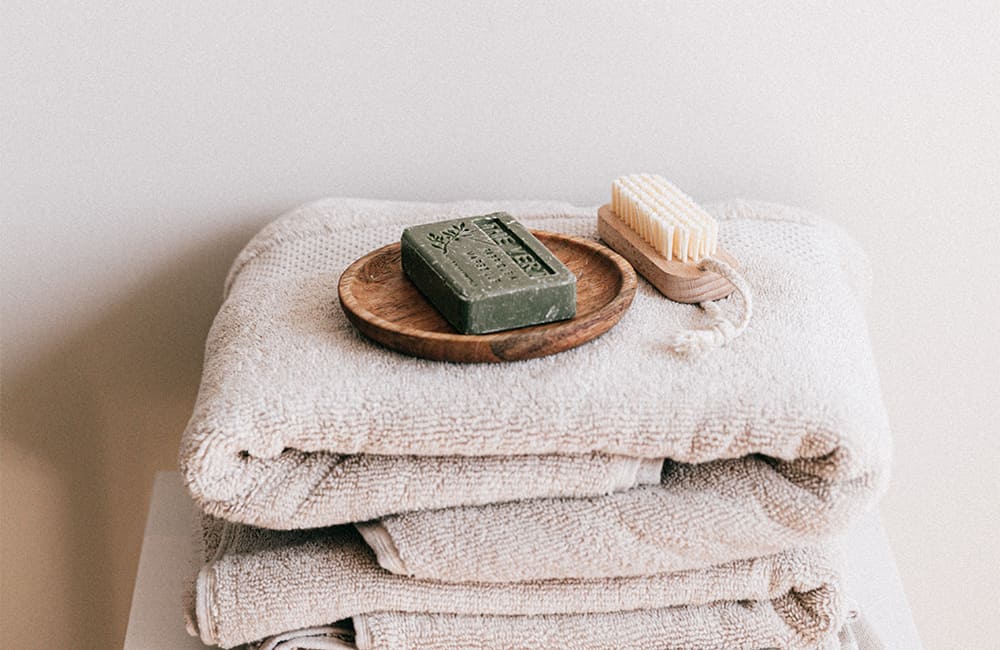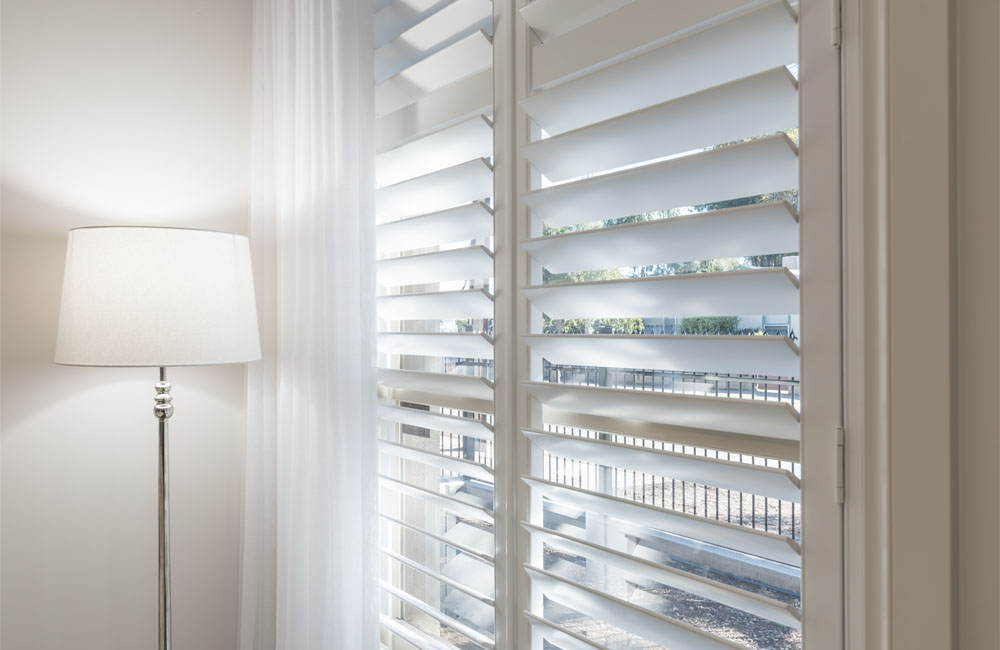How to Easily Clean your Blinds, Curtains, and Shutters

Let’s face it. Cleaning your blinds, curtains and shutters isn’t the most exciting household chore to do. But, by making it a part of your regular cleaning routine, you’re reducing the amount of dust in your home, prolonging the life of your window coverings, and saving you more time in the long run! Here are our best tips on how to clean your blinds, curtains, and shutters!
The best ways to clean your window coverings
The best way to clean your window coverings is to give them regular dusting to prevent layers of dust building up on your slats or fabric.
To dust your blinds, you can either use a feather duster or use your vacuum, with the brush attachment. With either method, start at the top and gradually make your way down toward the bottom, working from left to right. You might be tempted to remove the blinds but leaving them in place makes it much easier.
If you have any marks on your blinds or curtains, using the spot method is a great way to quickly clean them and reduce the chance of stains.
Spot cleaning is where you only clean the area of the window covering that is dirty, rather than having to take down your blinds or curtains and wash the whole window covering.
To spot clean, grab a microfibre towel, found at most supermarkets, and a bowl of warm, soapy water.
Again, start from the top and pull downwards. A handy tip is to hold the blind in the middle of the slat, work your way out to one end and then back to the centre, to then wipe in the other direction. Leave your blinds to air dry and you're good to go.
How to clean wooden blinds
Wooden window coverings, such as timber venetians, wooden shutters, or basswood shutters, are simple to keep clean and to wipe over when necessary. Keeping them dust-free is a good first step, and then just wipe over the slats with a damp microfibre towel to remove anything else on them.
When using any water on wooden blinds, make sure the cloth is never dripping wet and make sure to wipe over the slats with a dry towel afterwards to remove any excess water. Too much water on certain types of wood can damage the grains and warp the timber.
Wooden blind options such as Basswood shutters are much more resilient to water contact, however by limiting contact you're protecting them for longer periods of time.
How to clean aluminium blinds and shutters
If cleaning your aluminium shutters or venetians hasn't been your top priority and dirt has built up and become hard to wipe off with just a cloth, it's time to give them a deeper clean. To do this, you can remove them and wash them in warm, soapy water.
After soaking them for a few minutes, get a cleaning cloth and wipe over the slats. Once they're back to looking brand new, hang them out to dry on the clothesline and they'll be ready to hang back up in no time.
For more information on how to keep your window coverings looking fresh, head to our website for our guide on caring for your aluminium Venetian blinds and shutters.

How to clean fabric blinds and curtains
Cleaning your fabric blinds and curtains regularly is very important. If you don't do it, you're going to see a build-up of dust particles and grime.
Fabric blinds can require a bit more care to clean, but the result is well worth the effort! If you've got dust, keep it at bay with regular vacuuming and dusting to ensure your blinds or curtains look the part all year round.
If you're really in the mood to clean, remove them and wash each side with some warm, soapy water. Rinse well and leave them flat for a day or two to air dry.
The one thing to never do when cleaning fabric blinds and curtains is to scrub or rub the fabric as this can damage the fabric and distort the fabric fibres. Instead, lightly dab any spots to clean.
How to clean mould off blinds
If you have blinds in hot and humid environments, such as your laundry, bathroom, or kitchen, you're at a higher risk of your window coverings developing mould spots on them.
To prevent the build-up of mould in the first place, having good ventilation is key. This involves using ceiling fans in your bathroom, the stove-top fan, and making sure you have windows open to help move the airflow.
If you still end up with mould, don't worry! If you keep on top of it, your window coverings won't be permanently damaged.
To clean mould, you'll need to use a stronger cleaning product, rather than just a generic soap. When you're choosing a cleaner, make sure to read the directions and see what surfaces the cleaner is suitable for. Remember not to scrub your window coverings; dab the affected areas and wipe over with water to remove the excess cleaner.
How to clean PVC blinds
PVC blinds are a durable and sturdy blind material option to choose for your home, and they are very simple to keep clean. As they are a plastic, water isn't going to damage them, and you can easily wipe them over with a soapy cloth and they'll stay clean.
As they're so easy to keep clean, they are a great option to have around kids! Sticky hands are not the enemy of PVC blinds.
Make sure to always follow the cleaning instructions that come with your blinds or curtains, to ensure you're properly taking care of them!
To arrange a free measure and quote with a highly-trained consultant in your own home, give us a call on 13 13 15 or fill out this simple online form. We provide this service to a wide range of locations around the metro and select regional areas, 6 days a week between 8am and 6pm.
The majority of our blinds, curtains and awnings are made in Australia and are sold for the lowest price in the market, guaranteed. Just bring in a quote on any competitor's comparable item and we'll beat it by 5%.